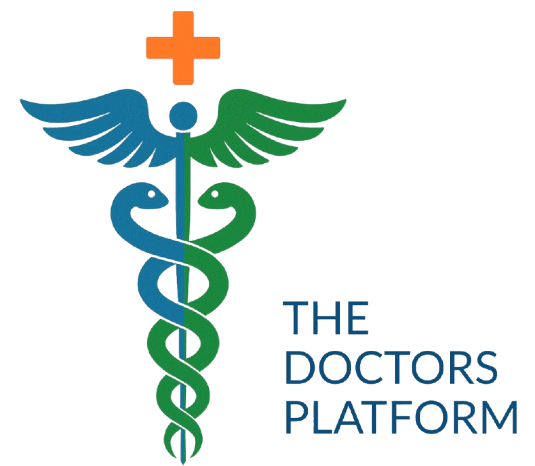Highlights
The 2006 guidelines recommend that decision making about anticoagulation therapy be based primarily on a patient’s risk for stroke. Sponsoring Organizations: American College of Cardiology, American Heart Association, European Society of Cardiology with the European Heart Rhythm Association and the Heart Rhythm Society.
In these 2006 AF guidelines, evidence-based recommendations and algorithms for managing the different types of AF (newly discovered, recurrent paroxysmal, recurrent persistent, and permanent), as well as guidance regarding cardio version and the two long-term treatment strategies (rate control and rhythm control) are mentioned. Pharmacologic and nonpharmacologic strategies for managing AF are also discussed.
- Depending on symptoms, rate control may be reasonable in older patients with hypertension or heart disease. Younger patients with paroxysmal lone AF may benefit from rhythm control.
- Whether rate or rhythm control is used, the authors strongly recommend that decisions about anticoagulation therapy should be based on risk of stroke rather than on whether sinus rhythm is maintained.
- Factors considered to be high risk for stroke includes previous stroke, T.I.A, or embolism; M.S; and a prosthetic heart valve.
- Factors considered to be moderate-risk factors include age >75, hypertension, heart failure, LVEF <35%, and diabetes.
- The basic recommendations for antithrombotic therapy in AF now are:
- Aspirin for patients without stroke risk factors
- Aspirin or warfarin for patients with one moderate-risk factor
- Warfarin for patients with any high-risk factor or > 1 moderate-risk factor
- The authors cite recent evidence that left-atrial catheter ablation can benefit select patients with drug-refractory AF, but the optimal technique and the expected success rate remain unclear.
- For rhythm control, drugs are the first-line choice, with left-atrial catheter ablation usually a second option.
- Patients with pre-existing AF may benefit from a maze procedure as an adjunct to cardiac surgery.

